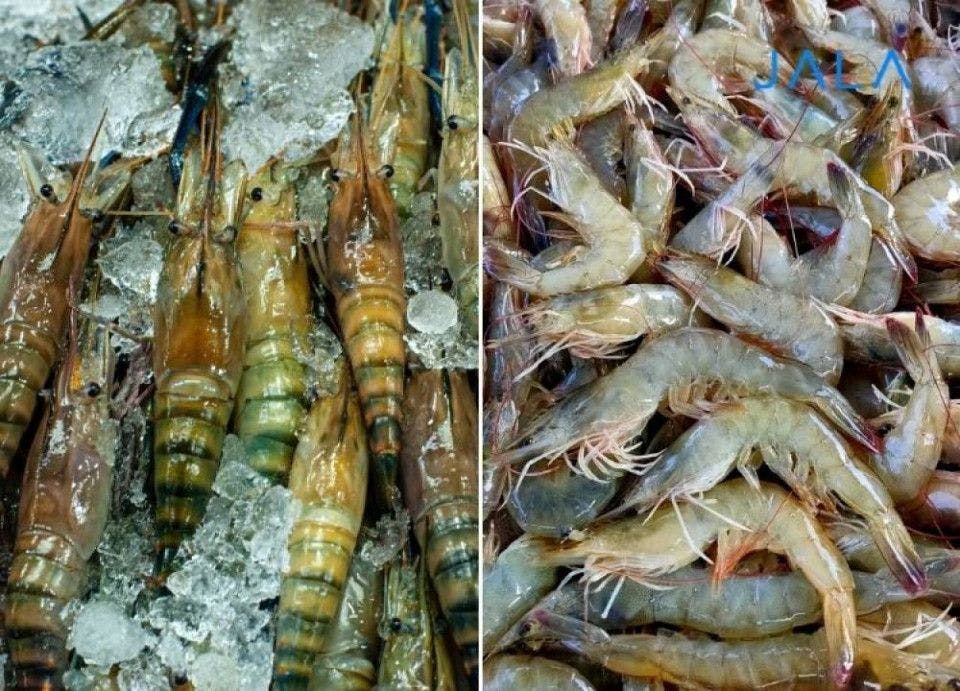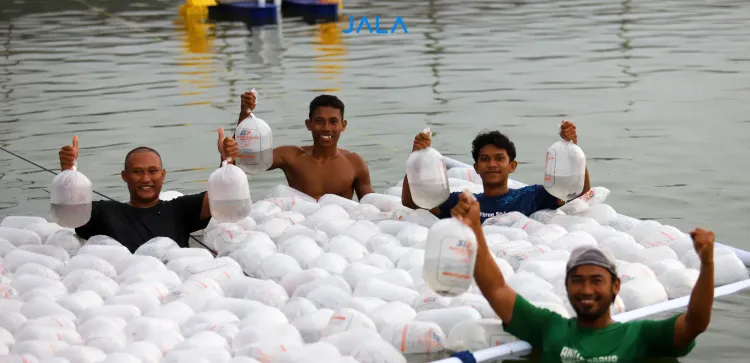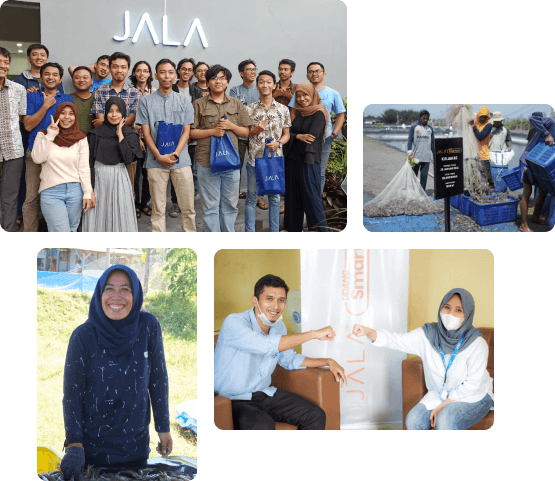
Tiger shrimp photo by Arina Ertman on Unsplash
The dimming glory of one of Indonesia's endemic shrimps
Tiger shrimp (Penaeus monodon) is one of the shrimp species that can be cultivated in Indonesia besides vannamei shrimp (Litopenaeus vannamei). In Indonesia, tiger shrimp is also known as pancet, bago, pedet, menjangan, pelaspelas, tepus, sito liling, sotong, lotong, and baratan.
This shrimp, which belongs to the Penaeidae family, is distinguished by its large size and black and white stripes on its body, which resembles a tiger pattern. Unlike the vannamei shrimp, this shrimp is endemic to Indonesia, and it can be found in Australia and the Mediterranean Sea through the Suez Canal.
The decrease in tiger shrimps’ production
Tiger shrimps have been cultivated in Indonesia since 1980. This shrimp production continued to increase until 1993 and made Indonesia one of the top four world tiger shrimp exporters.
However, in early 1994, there was a mass death in all tiger shrimp farms in the world. This happened due to disease attacks and cases of poor water quality. Generally, the disease that caused mass death at that time was White Spot Syndrome Virus (WSSV).
As a result, many farmers opted to close their businesses at that time, and almost all shrimp farming in Indonesia became unproductive. Tiger shrimp production in Indonesia also fell by 82%, from 13.37 tons per hectare per year to 2.67 tons per hectare per year.
The shift to vannamei shrimp farming
Due to the high demand for shrimp in the market, tiger shrimp have begun to be replaced by vannamei shrimp, which was officially released by the government in 2001. Vannamei shrimp is thought to have more advantages than tiger shrimp because of its high survival rate , SPF (specific pathogen free) fry, ability to live in high density, fry that is supplied from domesticated broodstock, great resistance to disease, and low feed conversion.
Compared to tiger shrimp, getting high quality vannamei shrimp fry is also easier because many domestic and foreign producers have provided them on a quite large scale. Vannamei shrimp is still considered a primadonna to date because it is more profitable than other species of shrimp.
Tiger shrimp vs. vannamei shrimp
Although it has experienced a decrease in production and has been replaced by white shrimp, tiger shrimp have a bigger pricing advantage over vannamei shrimp. Tiger shrimp also has important economic value with almost the same nutritional content as vannamei shrimp.
However, in terms of benefits, vannamei shrimp is still considered unmatched both from technical and non-technical aspects. This can serve as the basic foundation for fishery researchers and stakeholders to further develop tiger shrimp farming so they can restore the glory of this Indonesian endemic shrimp.
References
Arief, M., Mahasri, G., & Taufiq Mukti, A. (2019). Peningkatan Hasil panen Udang Pada Budidaya Udang tradisional di desa Permisan Kecamatan jabon Kabupaten Sidoarjo Untuk Mengurangi Waktu panen menggunakan METODE best management practice (BMP). Jurnal Ilmiah Perikanan Dan Kelautan, 7(1), 17.
Nababan, Edward, Iskandar P., dan Rusliadi. 2015. Pemeliharaan Udang Vaname (Litopenaeus vannamei) dengan Persentase Pemberian Pakan yang Berbeda. Riau: Fakultas Perikanan dan Ilmu Kelautan Universitas Riau
Rachmatun dan Takarina, E.P. 2009. Panduan Budidaya Udang Windu. Jakarta: Penebar Swadaya
Supono. 2017. Teknologi Produksi Udang. Yogyakarta: Plantaxia
About the author
The author of this article is Yoga Pramujisunu. A Bachelor Degree graduate of Aquaculture study program, Faculty of Fisheries and Marine Affairs, Airlangga University. The author has experiences in identifying the abundance of bacteria found in intensive system vannamei shrimp cultivation and in exploring lobster habitat in East Java. The author also has experience in various organizations such as BEM FPK Unair, KAKEMA FPK Unair, HIMAPIKANI Region IV, and Maritim Muda Nusantara, East Java Region.





